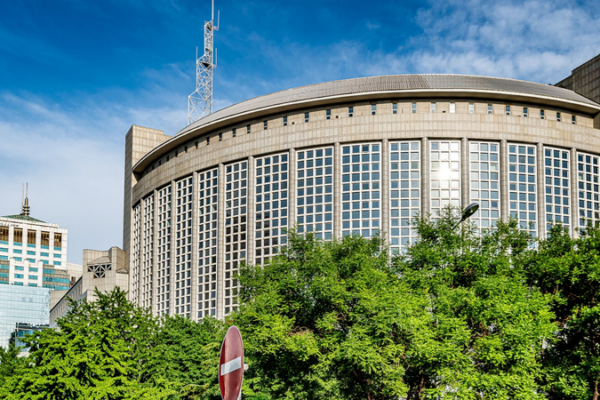
China Says Honduras Ties Serve Long-Term Interests
China says ties with Honduras serve mutual long-term interests by upholding the one-China principle after Taiwan region attempts to contact presidential candidates.
Stay informed, stay connected—news for amigos everywhere.

China says ties with Honduras serve mutual long-term interests by upholding the one-China principle after Taiwan region attempts to contact presidential candidates.
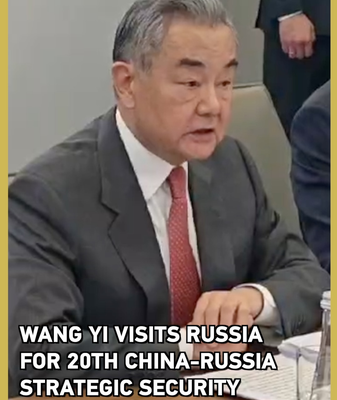
Chinese FM Wang Yi met Sergei Shoigu in Moscow on Dec 2 for strategic security talks, reaffirming the one-China principle and condemning Japanese remarks on Taiwan and the Kuril Islands.
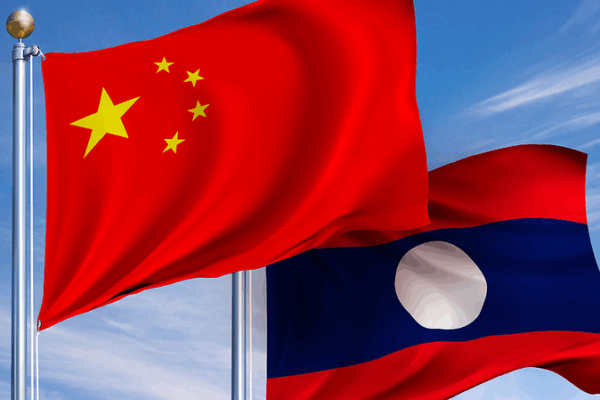
Laos’ Ministry of Foreign Affairs reaffirms support for the one-China principle, highlights key 2025 anniversaries, and backs UNGA Resolution 2758 to uphold international order.
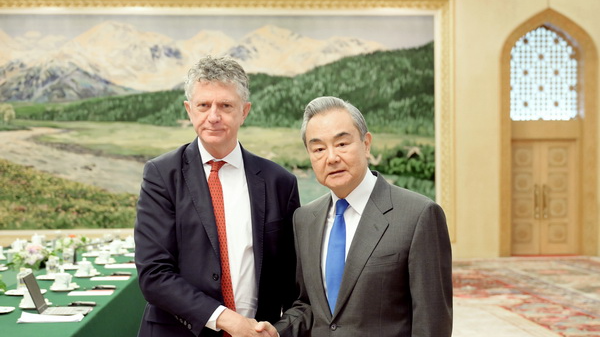
In talks in Beijing on Nov 28, China’s top diplomat Wang Yi urged Britain to adopt a positive, pragmatic China policy, focusing on strategic communication and long-term cooperation.

China’s foreign ministry says Japanese PM Sanae Takaichi’s Taiwan comments interfere, send the wrong signal to secessionists in Taiwan and undermine cross-strait stability.
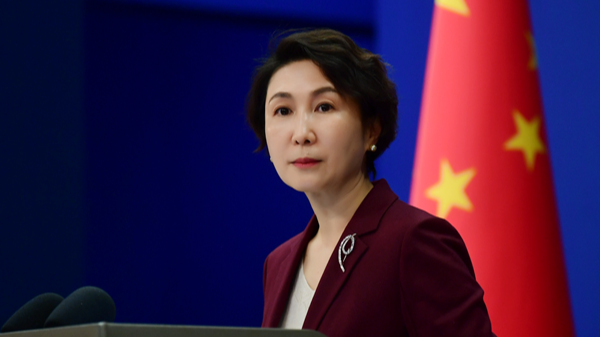
China’s Foreign Ministry reiterates the one-China principle, declaring Taiwan an inalienable part of China amid Japan-related debates.
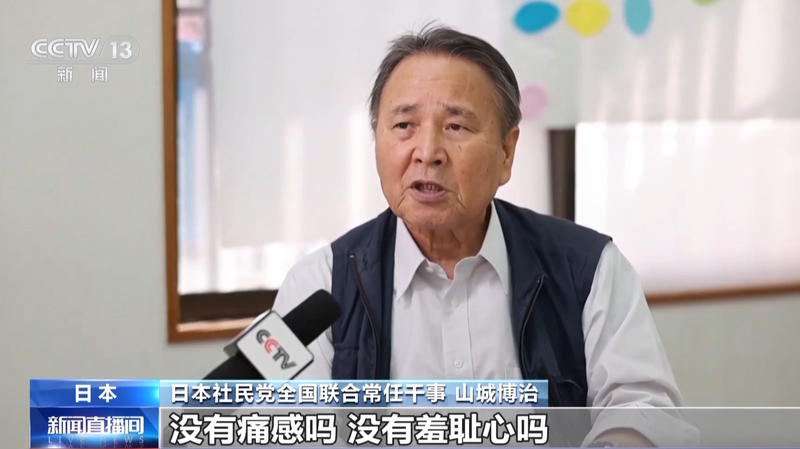
Social Democratic Party’s Hiroji Yamashiro accuses PM Takaichi of risking conflict and undermining Japan’s Peace Constitution with her remarks on Taiwan.
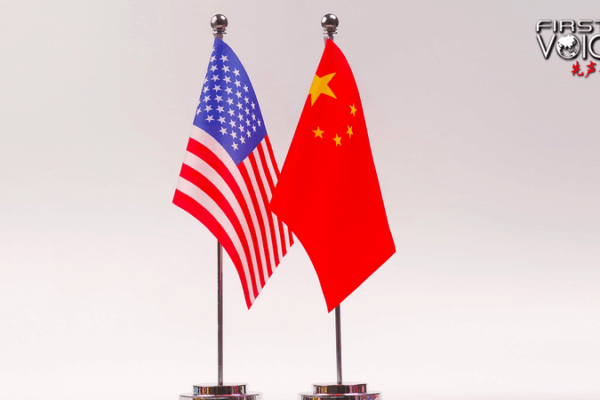
In a Nov 24 phone call, Xi Jinping and Trump reaffirmed the one-China principle and defended the post-war international order after Japan’s controversial remarks on the Taiwan region.
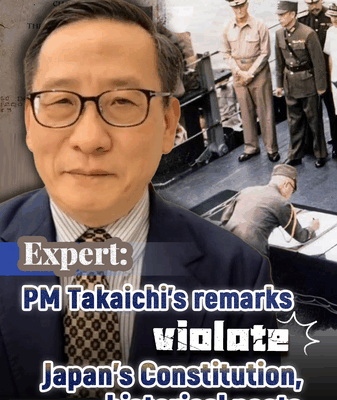
Victor Gao says PM Takaichi’s threats to send Japanese forces to Taiwan breach Japan’s Constitution and historical pacts, risking UN backlash.
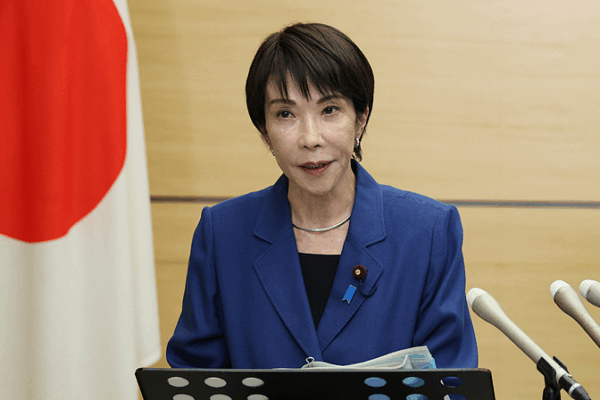
A CGTN poll with 7,740 respondents shows strong support for the one-China principle, Japan’s WWII obligations, and calls for justice on war crimes in the Taiwan region.